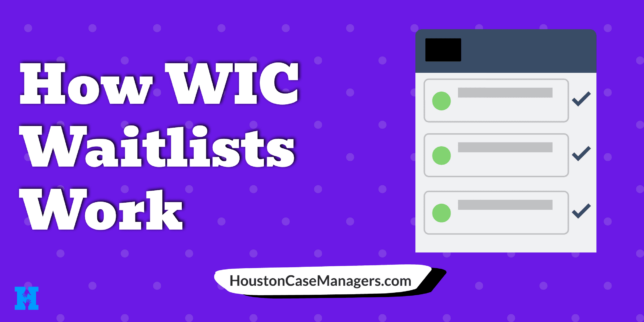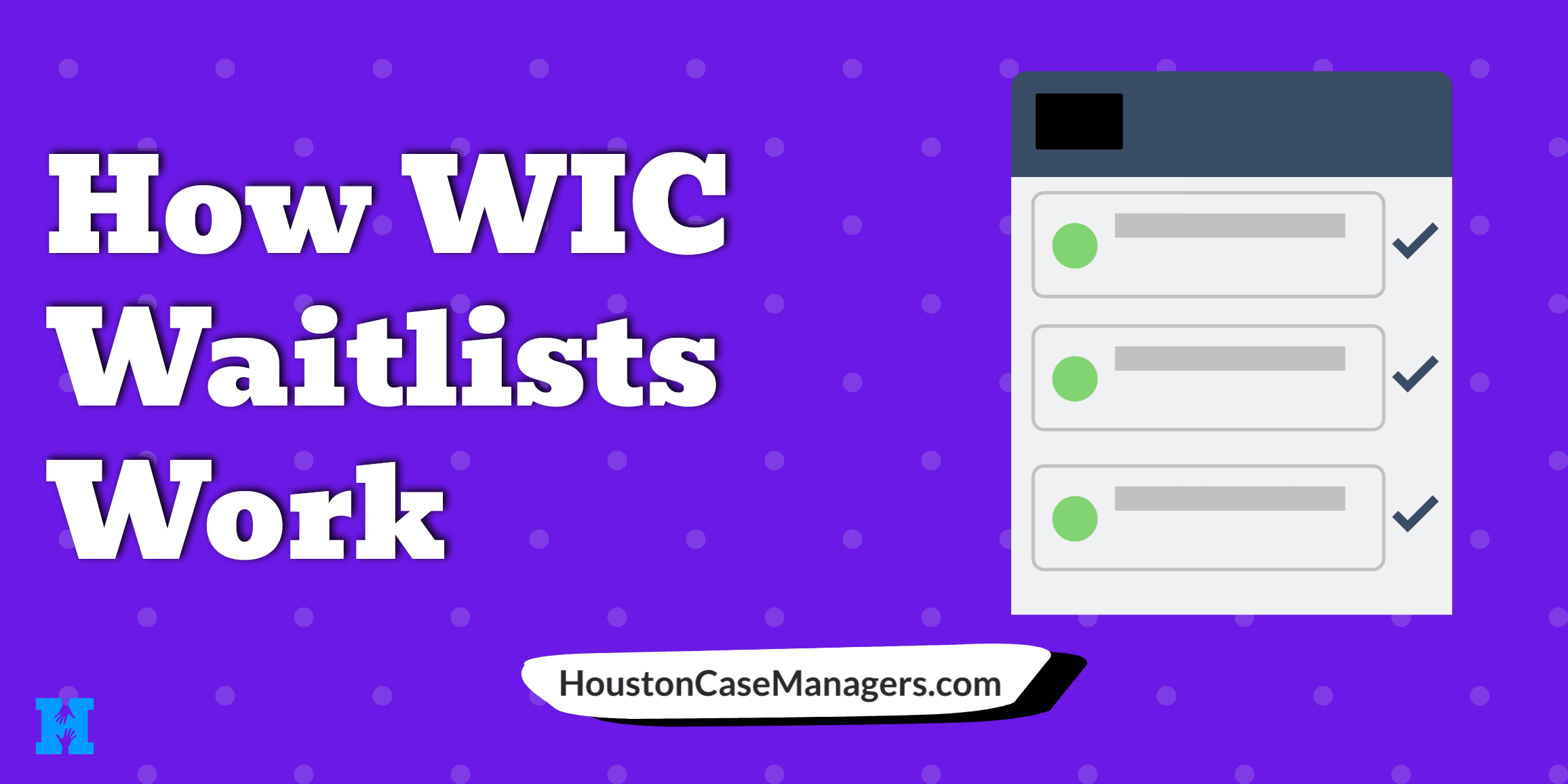How The WIC Waitlist Works: Who Gets Priority When A WIC Clinic Is Full?
If you are a low-income pregnant woman, a breastfeeding woman, or a child under the age of five, the Special Supplemental Nutrition Program for Women, Infants, and Children (WIC) can help you receive nutritious food, nutrition education, and healthcare referrals.
However, when there are more eligible individuals than the program can serve, a system of priorities is established to determine who gets first priority for participation.
In this article, we’ll explore the system of priorities used by WIC to fill program openings, and the criteria used to determine nutritional risk.
Priority Levels in WIC Participation
If a local WIC agency has reached its maximum caseload, vacancies are filled in the order of the following priority levels:
- Pregnant women, breastfeeding women, and infants were determined to be at nutritional risk because of serious medical problems
- Infants up to 6 months of age whose mothers participated in WIC or could have participated and had serious medical problems
- Children up to age 5 at nutritional risk because of serious medical problems
- Pregnant or breastfeeding women and infants are at nutritional risk because of dietary problems (like poor diet)
- Children up to age 5 are at nutritional risk because of dietary problems
- Non-breastfeeding, postpartum women with any nutritional risk
- Individuals at nutritional risk only because they are homeless or migrants and current participants who are without WIC foods could continue to have medical and/or dietary problems.
You can learn more about the WIC priority levels by visiting the USDA website.
Criteria for Nutritional Risk
WIC uses specific criteria to determine nutritional risk, which includes low height or weight for age, inadequate dietary intake, anemia, and other medical conditions.
Pregnant women and infants who have special dietary needs, like those who are lactose intolerant, may also be eligible for WIC benefits.
In addition, WIC may also consider an individual’s economic and social situation, such as if they are homeless or migrant when assessing nutritional risk.
How WIC Determines Maximum Caseload
WIC determines its maximum caseload based on factors such as available funding, staffing resources, and the number of eligible individuals in the area.
Once a local WIC agency has reached its maximum caseload, no more individuals can be served, even if they meet the eligibility criteria.
If you are not able to receive benefits due to the maximum caseload being reached, you can ask to be placed on a waiting list until a spot becomes available.
What If My WIC Clinic Has A Waitlist?
If your WIC clinic has a waitlist, there are a few things you can do to help ensure you receive the benefits you need. First, make sure you are on the waitlist and that your information is up-to-date. If this clinic is closer to you, you will likely want to know when they start accepting clients, so that you can begin getting services at the closest clinic.
You may also want to consider reaching out to other WIC clinics in your area to see if they have any openings or shorter waitlists.
Another option is to contact your local Department of Health and Human Services to find out if there are any other programs or resources available to help meet your nutritional needs. Many times the local Health and Human Services department runs the WIC program, so they may be able to refer you to another location.
Applying for WIC
To apply for WIC, you will need to contact your local WIC agency and schedule an appointment. You can find the phone number to your state’s WIC program here. This link will allow you to find the WIC website in your state.
During your appointment, you will be asked to provide information about your household income, residency, and pregnancy status, as well as undergo a nutritional assessment. If you are found to be eligible for the program, you will receive an electronic benefits card (EBT) that can be used to purchase approved WIC foods at authorized stores.
Conclusion
WIC is an important program that provides nutritional support to low-income pregnant women, breastfeeding women, and children under the age of five who are at nutritional risk. However, when the program cannot serve all eligible individuals, a system of priorities is used to ensure that those at the highest nutritional risk receive benefits.
That being said, I have a family member who worked as a supervisor for years with WIC. She told me that her locations have never had to start a WIC waitlist due to being at capacity. The problem for her clinics was that they were sometimes under capacity and needed to find more clients! Based on her experience WIC waitlists may be something that is extremely rare.
If you believe you may be eligible for WIC, contact your local WIC agency to learn more about the program and how to apply.
Similar Articles That May Interest You:
Nick Bryant is the author of Understanding Healthcare Is Half The Battle and a Senior Counselor with 13+ years of experience working in community health and mental health. He enjoys spending time with his family, watching WWE on Friday nights, and working toward a Google Data Analytics certification. If you have additional questions about community resources or government assistance programs, simply leave a comment below and he will follow up as soon as possible.



